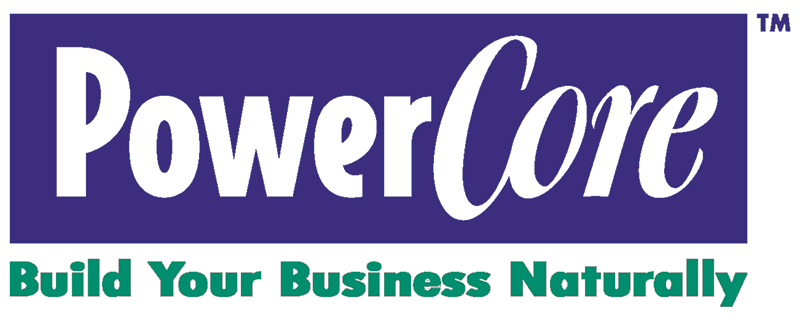What To Say To Get Referrals: Golden Card | Tools
Imagine starting to bake your favorite banana bread recipe. You’ll begin with a pan to bake it in. The pan is a tool.
What tool do you use to learn the result a client wants?
- It is a question?
- An application?
- A story?
Share your referral tool.
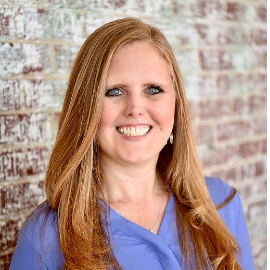
Response from Patty Williamson
from the Sugarloaf Team
One of the main tools I use when first talking with a client is "What are your goals with this purchase/refinance/etc? " Some clients are looking to purchase their first home and the goal is to keep their payment as low as possible with as little down, where others may be to get the lowest rate and be willing to put more down. For example, my client, Brian, was purchasing his first home and said he wanted to put 20% down. After talking with him further his real goal was to see what would reduce his payment more, a larger down payment or buying his rate down. We found after running several scenarios that in his situation putting 12% down and using a portion of his money to buy down the rate made a bigger impact on his payment and helped him keep his payment where it needed to be for his overall budget. Having those conversations with my clients and helping them acheive their goals is what I call a successful transaction.

Response from Louis Agudo
from the Roswell 400 Team
The most important part of my recipe with prospective clients is fact finding. It’s about asking questions. Just because someone is turning 65 doesn’t mean they automatically must enroll into Medicare. There are many variables. Are they still working? When do they plan on retiring? Is the company 20 or more employees? Do they have coverage through work? What are the current benefits and monthly premium? Are they insuring anyone else under the group plan? What medications are they taking? Where do they reside? These are all variables that must be taken into account to get the best outcomes for my clients. Many times I'll recommend not to do doing anything and stay with group coverage because they have what they need. They will then ask about a late enrollment penalty for not signing up when they turn 65. This is the next part of the recipe and I explain there is no penalty if they are enrolled in creditable group coverage and enroll later into Medicare later in life. I then send them a CMS Form L-564 which gets filled out by their employer and themselves which alleviates them from a late enrollment penalty. This is proof that they have creditable coverage from when they turned 65 until retiring as an example at age 70.

Response from Tim Cowan
from the Whitlock Avenue Team
The tool I use to learn the result a client wants is like the first ingredient in a delicious recipe - it sets the foundation for success. Just as a baker relies on a trusty pan to bake their favorite banana bread, I turn to thoughtful questions to uncover my client's desires, needs, and expectations. These questions serve as my referral tool, helping me understand exactly what my clients are looking for so I can tailor my services to meet and exceed their expectations.
.jpg)
Response from Lisa French
from the Sugarloaf Team
As a realtor the greatest tool that I have in learning what a client wants is communication and furthermore, it is ON-GOING communication. Often times my clients think they know what they want and then their wants and needs often conflict and change throughout the process (on both the buyer and seller side). It is vital that I ask questions and pay attention to the answers I get and the comments that I receive and pay particular attention to LACK of comments because sometimes, quite frankly they get shell shocked and don't want to admit that they actually didn't know. Documenting thier wants and needs is also imperative. I take copiuos notes and then make sure I transfer them into my CRM and also in any search tools that i have set up for them as soon as possible so I don't waste any time in helping them achieve their real estate goals.
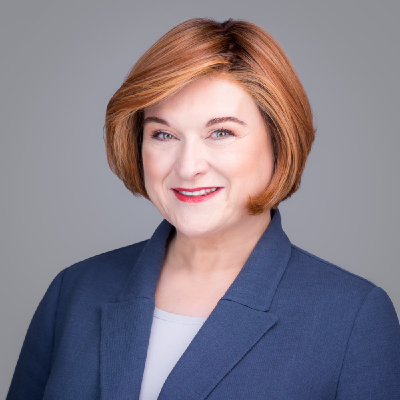
Response from Wendy Kinney
from the PowerCore Team
The tool I use to start a new Team is a process.
- First 10 people ready to go. (Fewer than 10 and their referral muscle just wears out - we do NOT start meeting until there are 10.)
- Five Angel Officers run the first six meetings. (This way the new Members learn by immersion, instead of by reading.)
- In week four their select their own Officers, by week seven they've been through training and are running the meeting. (Then one-a-week the Angle Officers exit.)
If the Team has doubled to 20 in those first six weeks, it will be like skiing downhill forever. (If it's the same 10 people, it will take them two-and-a-half years to get to 20.)
Forming Teams is a section on the public view of the website: https://powercore.net/forming-teams
It's pretty easy to see who is pulling the wagon, and who is sitting in it. That's good - because results are earned, not owed.

Response from Robert Jackson
from the Sugarloaf Team
My main tool when working with a new client is a risk tolerance questionnaire. After answering several questions about how they would react given different circumstances, we then score the results between 10-100, with the higher score meaning that they can handle more risk. Based on these results I will then make recommendations that fit their profile. They are welcome though to override their profile and can put their money into more or less risk averse investments.
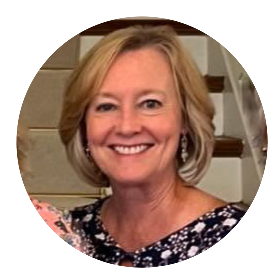
Response from Eleanor Thompson
from the North Gwinnett Team
The tool that I use to make sure the result is what the client wants actually comes from the client. It is a previous printed piece, if the project is a reprint. Most often, this printed sample is already in my files, but sometimes it comes from the client. The sample shows me the exact type of paper and coating, if any. It is also important for color matching – making sure that any logos or other graphic items are produced accurately on a reprint.

Response from Saurel Quettan
from the Candler Park Team
My referral tool is an initial assessment to identify personal and business growth opportunities for exeQfit's potential and new clients. This assessment is designed to establish a solid foundation for participants, focusing on understanding their current situation and future aspirations. Through exercises that evaluate various aspects of personal and business performance, individuals are encouraged to reflect on areas needing improvement and to envision their goals. This process helps pinpoint growth opportunities and craft a tailored path for development, aligning with exeQfit's elite leadership program's objectives.
Critical aspects of the assessment include:
- The importance of self-awareness and honest assessment in personal and business growth.
- Specific exercises are used to visualize current standings and desired future states.
- The goal is aligning individual and business objectives with the strategic guidance exeQfit provides.
This structured approach facilitates a deep dive into my clients' aspirations and challenges, laying the groundwork for targeted growth and development strategies within the exeQfit Elite Leadership Program.
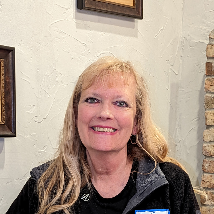
Response from Jennifer Flores
from the Sugarloaf Team
I always start with a question, either "How are you doing?" or "How can I help you?" I then ask what's causing stress in their life right now or is there anything in particular they'd like to improve or change. Depending on what they say, I'll either ask more questions or share information about a product or products that I offer that can remove or reduce the stress. If I've had a client in that particular situation, I'll share their story and results. I'll take notes, so I can follow up once they've purchased a product(s) to make sure they are happy with their own results.
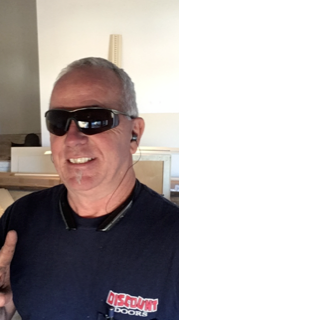
Response from Kenny Cox
The tool that I use mainly is a question. Most of the time it involves several questions. And being a good listener. On the repair/service part of my business,there have been plenty of times clients have identified the problem with the garage door. Then I have to simply filter out the plan to make the repairs. This saves me time, which ultimately saves the client money!

Response from Tom Wallace
from the Peachtree City Team
On my form to schedule a consultation, I include a question..."Please share anything that will help prepare for our meeting." This gives a clue of their desired result (at least on the surface.)
Once in the consultation, I ask lots of questions to get a good picture of their situation. I always include these two:
What is your ultimate goal for your finances?
What comes to mind when you think about your finances?
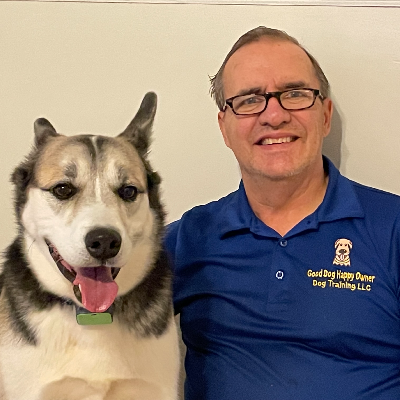
Response from Nicholas Garrison
I have a questionnaire that I had the client complete before we first met. I then create a checklist of the behaviors we want corrected and then after the package of lessons is completed we review to determine if we have accomplished their goals.

Response from Andres Inciarte
from the Sugarloaf Team
One of the primary goals of my clients is standing out from the competition. In order to get there, I help them look professional. Figma is a tool for website designers to create websites and website graphics by hand, my clients get to see the website design before it even launches, giving both of us the option to make changes quicker and develop a website that will impress the end customer.
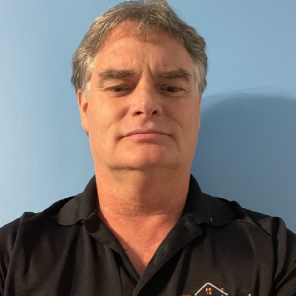
Response from Ron Goodnow
from the Cumberland Team
My main tool is On going communication starting with a question. Why are you painting? This gets us into how we can best serve this customer. A prep to sell is not about spending all their money on painting or custome colors. A refresh is also different than a new home buyer because now they are committing to staying and want The colors to better reflect them. Knowing why our customers want to paint helps us steer the conversation to their goals. This also helps others that may be involved in the process that we may recommend. That way they too can better help the customer. We say ongoing because sometimes these conversations realign the real reason for painting also we want to keep that communication going not just prior and during the project but even after.

Response from Bob Wiggs
from the Sugarloaf Team
Talking with my customer today, I asked her questions about her previous alarm system companies and what she wants out her new system. I learned that she had used KMT in the past, and in fact, Tommy Smith, the owner of KMT, helped her with her system. She stated that she needed batteries replaced and Tommy explained that we could do it for her but the batteries at local stores were less expensive than our batteries. But she didnt like doing the work herself and climbing on ladders.
So we proceeded to determine what she wanted in her system and she was happy with what I suggested as a solution. After the system was designed and priced out, I mentioned that since she didnt like changing batteries and doing any maintenance on her system, that we had a Quality Assurance program to help with maintenance and several other benifits. But the best part was with this program, we offer 50% off on all battery replacements. This was a super add on sale simply because I asked her questions and listened to her needs and wants long before I jumped in with all bells and whistles that we could overwhelm her with at the beginning.
Asking questions about wants and needs and actually listening is a to major tool in my tool box. But knowing when to take that tool out and use it just as important.
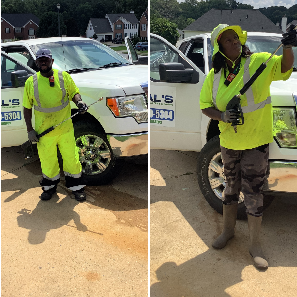
Response from Queen Val Valmond
from the South Gwinnett Team
Communication is the key. Therefore, I give the client the oppportunity to talk then I interrupt respectfully with a question in reference to their conversation as I demonstrate active listening.

Response from Jeff Burke
At Go Roofing Atlanta, we use several tools and always utilize resources to get the best result for our clients. To be sure the client has a full understanding of exactly what is going to happen when they get a new roof installed, I use a Roof in a bag to educate them. This allows me to not only talk about the project, but show them the actual material being installed. By doing this, the client gets a visual of what is happening on the roof. My clients appreciate this since they can't be up on the roof while the project is ongoing. This also gives them an opportunity to ask any questions prior to the job. Education is important, especially for those clients who are not in the construction industry, and this is a project that doesn't happen very often for most homeowners.
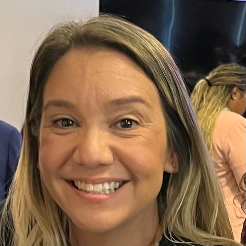
Response from Amanda Williams
from the Sugarloaf Team
What tool I use is conversation to listen to what the client believes they need, then ask questions to dig into potential opportunities where the client may not know they need support in. I always document to follow up with clients to strengthen and support their needs during their financial cycle in life. My questions will always start with " what brings you in? what are your plans this year? what goals have you wanted to achieve?"
Response from Sri Chakravarty
We at Handyman Connection ask our prospective clients why they are getting this job done now. Their responses give us insight into their motivation, and allow us to suggest alternatives and enhancements the client may not have considered.
To John, who wanted to get his deck stained in time for his son's high school graduation party, we suggested deck lighting to add some bling to the party. To Patty, who wanted a barn door in her master bedroom so her sleep won't be distrubed when her husband went to the bathroom, we suggested moving the light switch behind the new door.
Our aim is to provide our clients the result they desire, and the first step is to understand their motivation.

Response from Jennifer DuFour
Being that our delivery is descreet and our ordering process is online, we do have limited conversation with customers. When we do get phone calls, our clients generally know what they are looking for. But if a customer is unsure of the types of products we offer and are looking for suggestions, the best tool we use is asking questions like "What did you like best about products you've used in the past? Let's find you something comprable, if not better."
